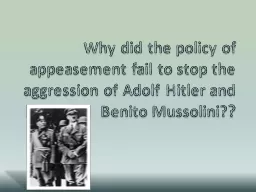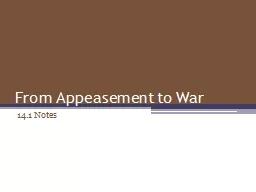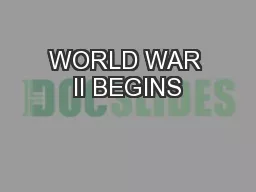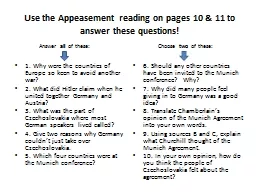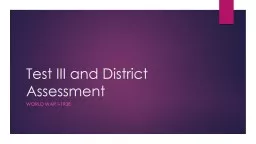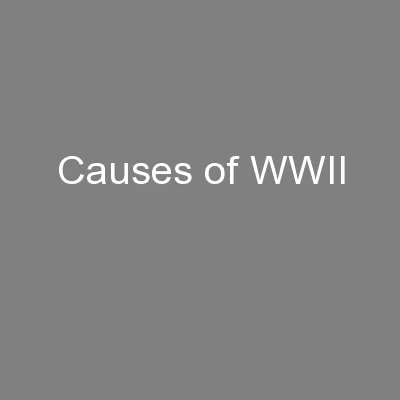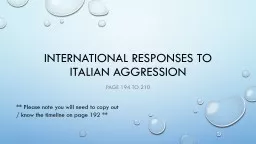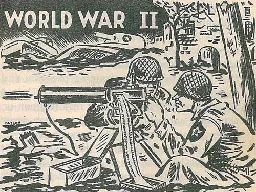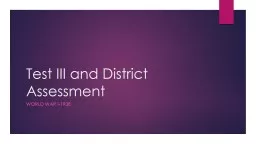PPT-POLICY OF APPEASEMENT
Author : myesha-ticknor | Published Date : 2015-10-19
The term appeasement refers to the practice of giving into the demands of someone in order to make them happy This was the policy that was adopted by Neville Chamberlain
Presentation Embed Code
Download Presentation
Download Presentation The PPT/PDF document "POLICY OF APPEASEMENT" is the property of its rightful owner. Permission is granted to download and print the materials on this website for personal, non-commercial use only, and to display it on your personal computer provided you do not modify the materials and that you retain all copyright notices contained in the materials. By downloading content from our website, you accept the terms of this agreement.
POLICY OF APPEASEMENT: Transcript
Download Rules Of Document
"POLICY OF APPEASEMENT"The content belongs to its owner. You may download and print it for personal use, without modification, and keep all copyright notices. By downloading, you agree to these terms.
Related Documents


